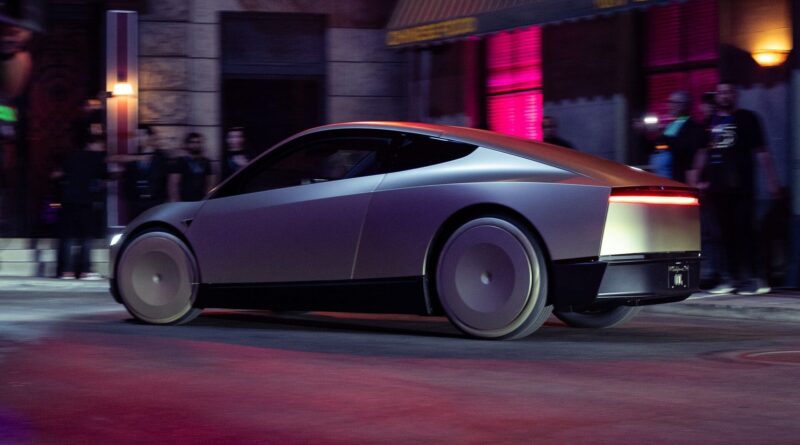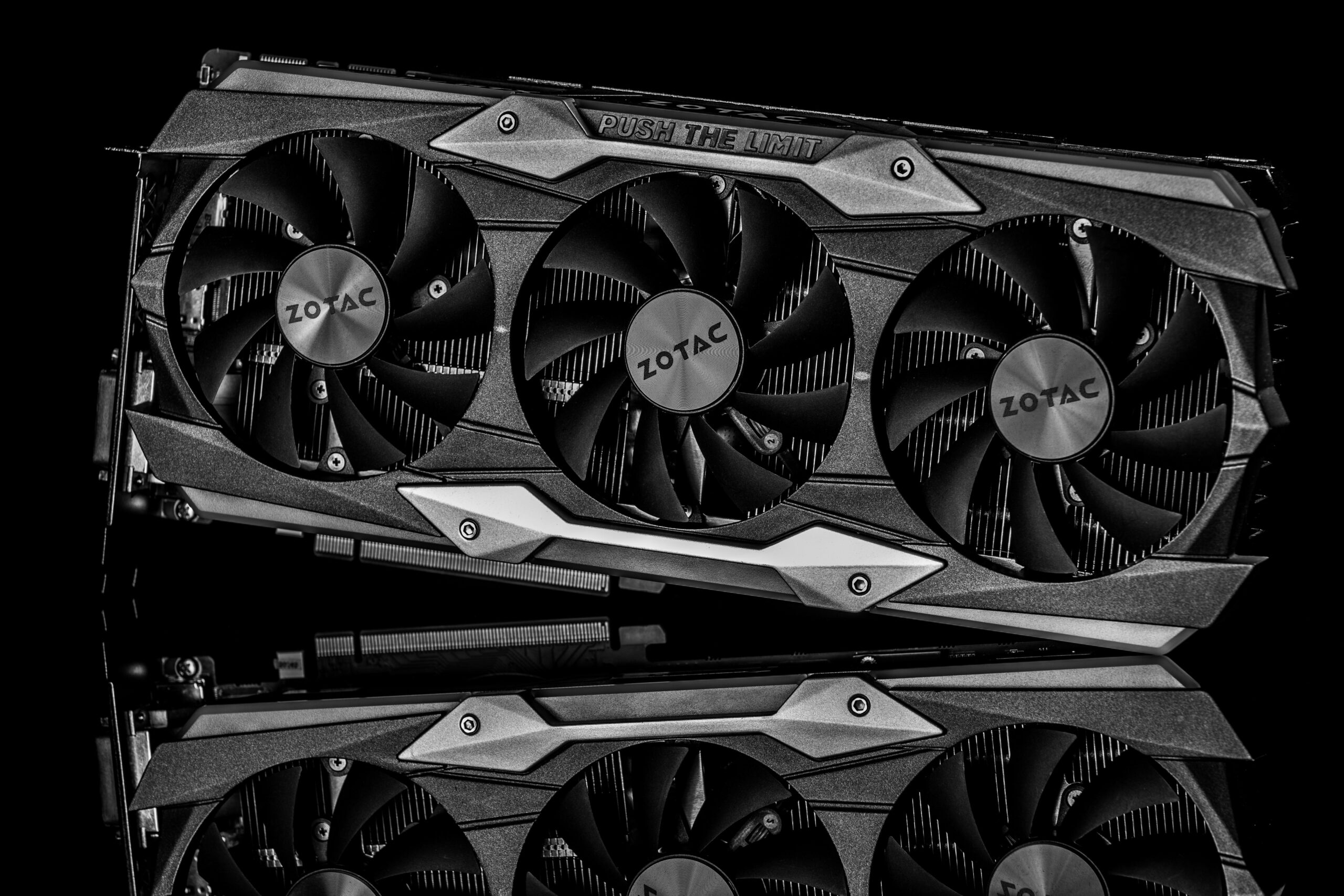Competition for future of robotaxi intensifies in Austin between Uber, Waymo and Tesla
Competition to lead the robotaxi market is intensifying in Austin, with Uber, Waymo and Tesla as the main contenders. Each company is investing significantly in the development and testing of its autonomous vehicles, seeking to gain a competitive advantage in this key city.
- Uber, with its extensive ridesharing experience and established user base, is leveraging its existing platform to integrate robotaxis into its fleet. This could give it an advantage in terms of adoption and scalability, as users could order a robotaxi in the same way they order a traditional Uber.
- Alphabet-backed Waymo, with years of experience in autonomous technology, has a highly advanced fleet of vehicles and a focus on safety. Its technology has been rigorously tested and has accumulated millions of miles of autonomous driving, which could give it an edge in terms of reliability and performance.
- Tesla, with its focus on electric vehicles and autonomous driving technology, is looking to expand its presence in the robotaxi market. Its Supercharger network and battery technology could give it an advantage in terms of infrastructure and energy efficiency, while its large customer base and recognizable brand could attract users interested in the Tesla experience.
Competition in Austin is not only focused on technology, but also on regulation, safety and public acceptance. Companies must work closely with local authorities to ensure that their vehicles meet all safety standards and are well integrated into the city’s transportation system. In addition, they must gain public trust by demonstrating the reliability and safety of their robotaxis through pilot programs, educational campaigns and transparent communication about the benefits and risks of this technology.
The outcome of this competition will have significant implications for the future of urban transportation. The city that succeeds in establishing a successful robotaxi system will not only improve mobility and transportation efficiency, reducing congestion and polluting emissions, but will also attract investment and talent, driving economic growth and innovation in the mobility sector. In addition, the widespread adoption of robotaxis could transform the way people move around and live in cities, freeing up space used for parking, reducing the need for car ownership, and improving accessibility for the elderly and disabled.
However, there are also significant challenges to overcome, such as creating the right regulatory framework, managing the labor transition for traditional drivers, and ensuring service equity and accessibility for all citizens, regardless of socioeconomic status or geographic location. The Austin competition is just the beginning of a much broader transformation in the transportation landscape, and its outcome will set the stage for the future of urban mobility worldwide.




